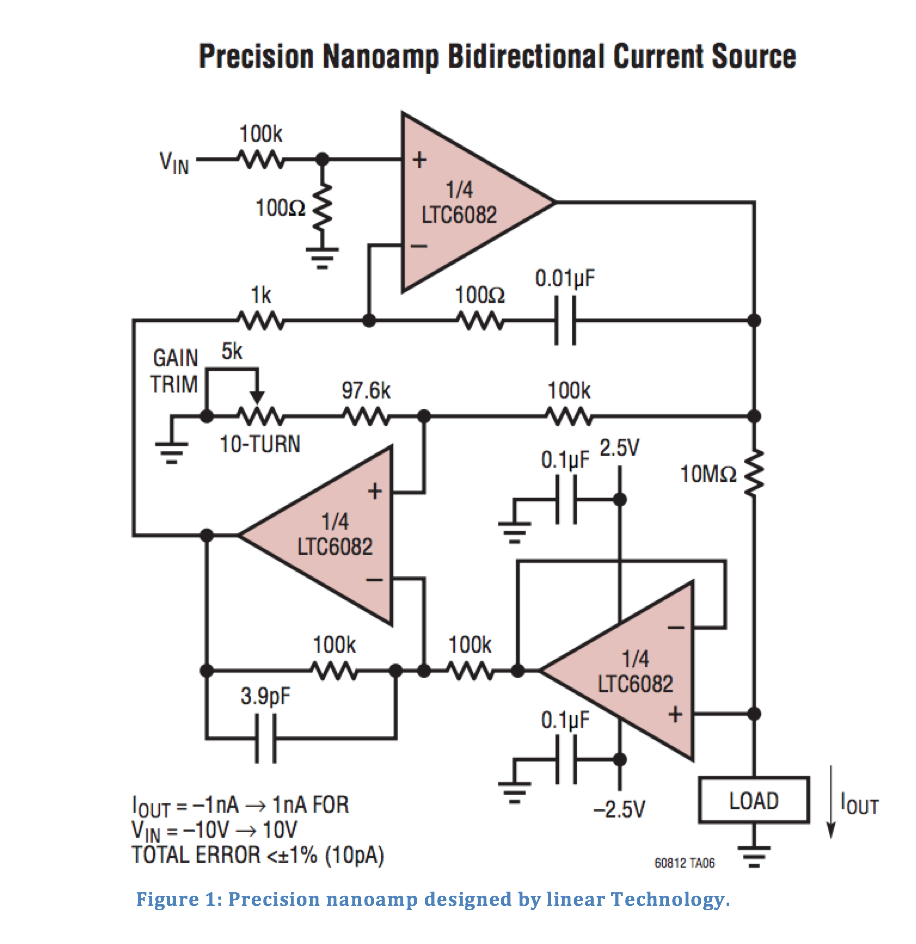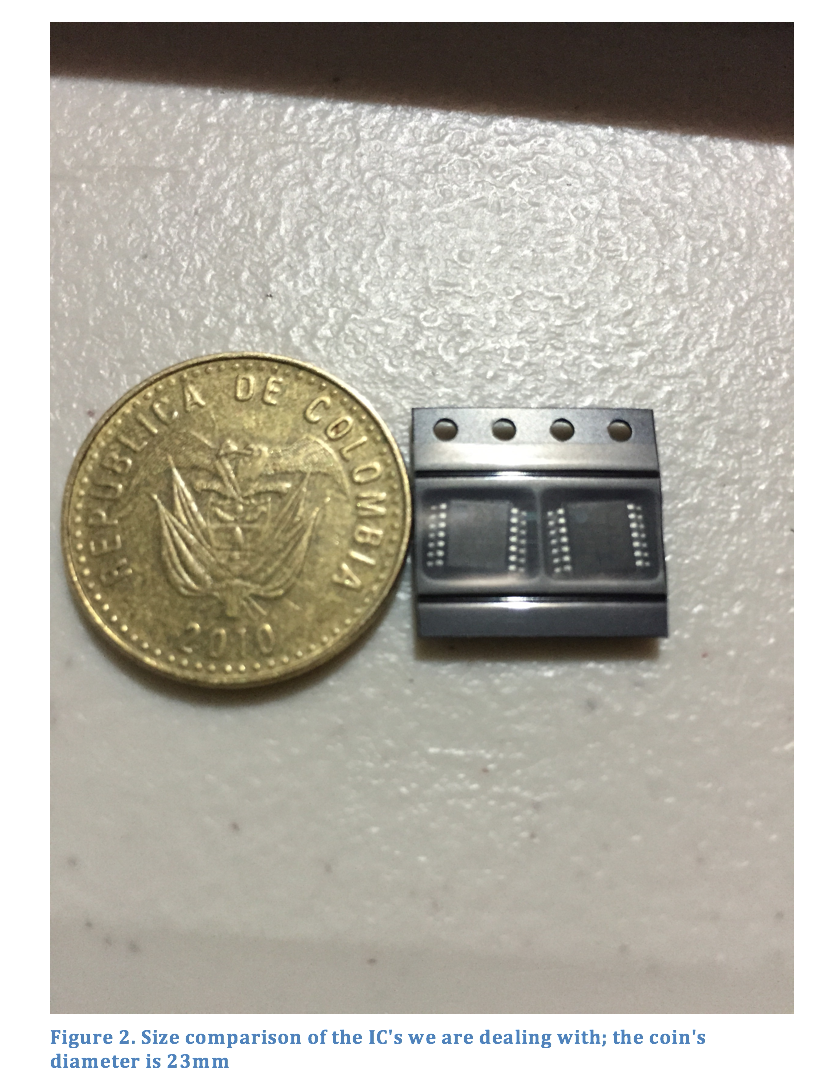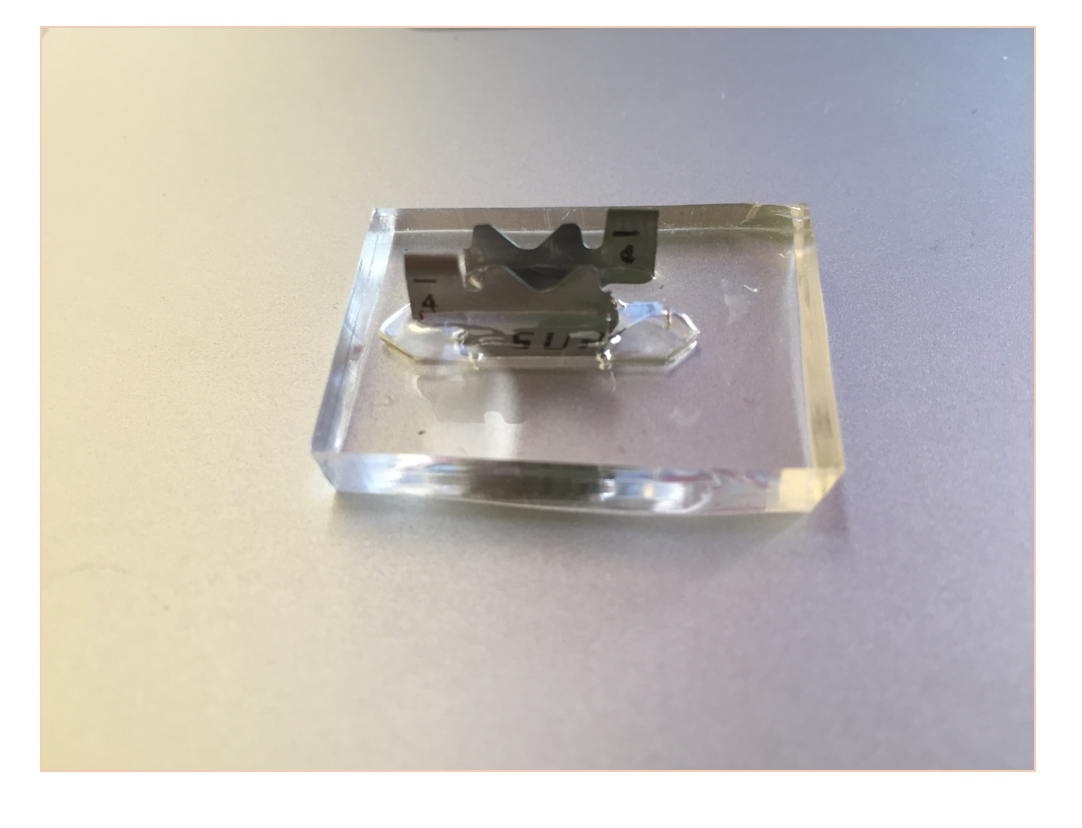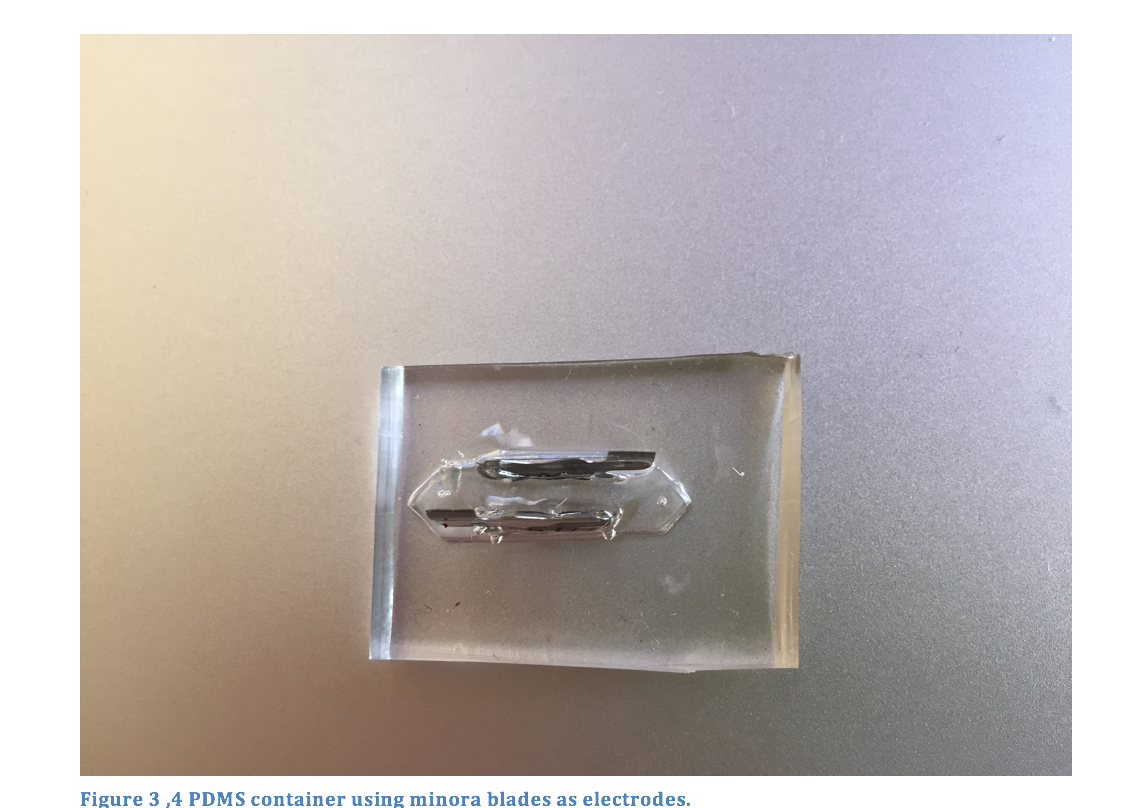Difference between revisions of "Team:Uniandes Colombia/Hardware"
| (One intermediate revision by the same user not shown) | |||
| Line 2: | Line 2: | ||
<html> | <html> | ||
| − | <h2> | + | <h2>Hardware</h2> |
</html> | </html> | ||
| − | [[File:Hardware1.png|600px|thumb|center| | + | [[File:Hardware1.png|600px|thumb|center|]] |
<html> | <html> | ||
| + | <br><br><br> | ||
<p> | <p> | ||
Conductivity is a measure of a how freely can electricity flow trough a substance, in our case, this is directly related to the amount of nanowires secreted by the bacteria. | Conductivity is a measure of a how freely can electricity flow trough a substance, in our case, this is directly related to the amount of nanowires secreted by the bacteria. | ||
| Line 22: | Line 23: | ||
So all the materials needed to construct the circuit where bought and tested (except the LTC6082 because we are missing the 16SSOP to DIP adapter but this has been ordered and we are waiting for it), since the pin configuration on the IC (integrated circuit) was 8SOIC, 14-TSSOP and 16SSOP we had trouble soldering those. | So all the materials needed to construct the circuit where bought and tested (except the LTC6082 because we are missing the 16SSOP to DIP adapter but this has been ordered and we are waiting for it), since the pin configuration on the IC (integrated circuit) was 8SOIC, 14-TSSOP and 16SSOP we had trouble soldering those. | ||
</p> | </p> | ||
| + | </html> | ||
| + | [[File:Hardware2.png|600px|thumb|center|]] | ||
| + | <html> | ||
| + | <p> | ||
| + | Once that has been sorted out we can start working on a design to place bacteria for their electrical shock session. | ||
| + | </p> | ||
| + | </html> | ||
| + | [[File:Hardware3.png|600px|thumb|center|]] | ||
| + | <html> | ||
| + | <p> | ||
| + | We designed and built a PDMS microfluidic device capable of holding about 0.4ml of liquid with minora blades as electrodes (“the resistor tips”) and got it ready for testing figure 3,4. | ||
| + | </p> | ||
| + | </html> | ||
| + | [[File:Hardware4.png|600px|thumb|center|]] | ||
| + | <html> | ||
</html> | </html> | ||
Latest revision as of 23:28, 18 September 2015
Hardware
Conductivity is a measure of a how freely can electricity flow trough a substance, in our case, this is directly related to the amount of nanowires secreted by the bacteria. The Challenge is to design and build a device capable of measuring the change of resistance in a medium with living Shewanella sp. cells. Measure the output and transtale that into a 24 Hour clock. According to our research the maximum amount of current a single cell can withstand goes by the order of nano-Amperes, so we set the lower limit in this order. To measure currents as small as these is a great challenge. Conveniently enough we found a circuit that guarantees that the output current is for a 10 V source, 1 (±1%) nA. The triangles in Figure 1 are operational amplifiers, these along with the multiple resistors and capacitors force a voltage before the 10MΩ resistor to be 1/1000 of the input voltage and thus assuring a current of nA. And when we have the current we need we can simply use Ohm’s law V= IR or in terms of conductivity S=I/V to get the value we are looking for. A nice thing about this is that we can still play with the resistors in the circuit to modify the magnitude of the output current. So even if we find out that it is higher current values what we need, we can still use different resistor values to make it safe for bacteria. So all the materials needed to construct the circuit where bought and tested (except the LTC6082 because we are missing the 16SSOP to DIP adapter but this has been ordered and we are waiting for it), since the pin configuration on the IC (integrated circuit) was 8SOIC, 14-TSSOP and 16SSOP we had trouble soldering those.
Once that has been sorted out we can start working on a design to place bacteria for their electrical shock session.
We designed and built a PDMS microfluidic device capable of holding about 0.4ml of liquid with minora blades as electrodes (“the resistor tips”) and got it ready for testing figure 3,4.



